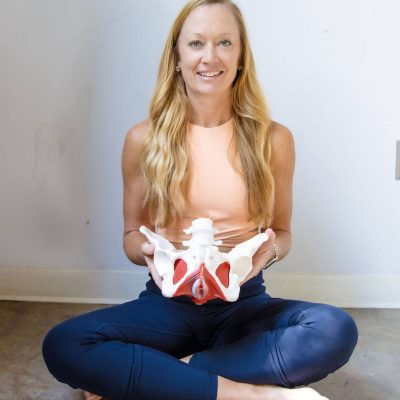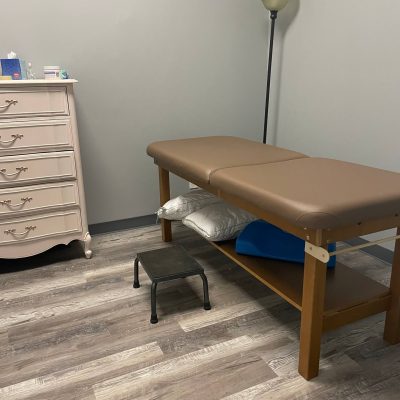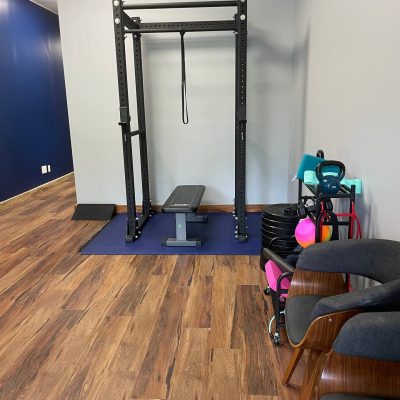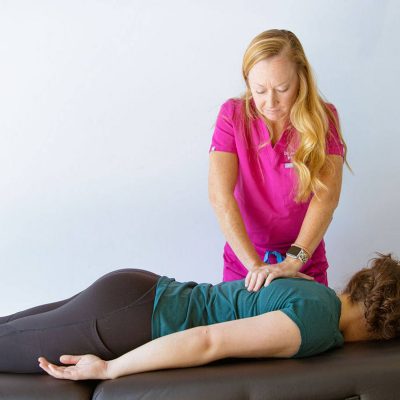Lymphedema is a chronic condition that results from an accumulation of lymphatic fluid in the tissues, leading to swelling and discomfort. It is caused by damage or obstruction of the lymphatic system, which is responsible for draining fluids from the body’s tissues and transporting them back into the bloodstream. Lymphedema can occur in any part of the body, but it most commonly affects the limbs, especially the arms and legs.
There are two types of lymphedema: primary and secondary. Primary lymphedema is a rare, inherited condition that usually presents in childhood or adolescence. It occurs when there is a congenital abnormality in the lymphatic system, causing lymphatic fluid to accumulate in the tissues. Secondary lymphedema, on the other hand, is much more common and occurs as a result of damage to the lymphatic system. This can happen due to surgery, radiation therapy, infection, injury, or other medical conditions.
Symptoms of lymphedema can vary depending on the severity of the condition, but generally include:
- Swelling in the affected area, which may be mild or severe
- A feeling of heaviness or tightness in the affected limb
- Limited range of motion or flexibility in the affected limb
- Recurring infections in the affected area
- Thickening or hardening of the skin in the affected area
If left untreated, lymphedema can lead to complications such as chronic infections, skin ulcers, and lymphangiosarcoma (a rare form of cancer that develops in the lymphatic vessels).
Treatment for lymphedema typically involves a combination of lifestyle changes, physical therapy, and medication. Some lifestyle changes that may help alleviate symptoms of lymphedema include:
- Maintaining a healthy weight and diet
- Practicing good hygiene to prevent infections
- Elevating the affected limb when possible
- Wearing compression garments to improve lymphatic flow
Physical therapy for lymphedema may include exercises to promote lymphatic drainage, massage techniques, and the use of pneumatic compression devices. Medications such as diuretics may also be prescribed to help reduce swelling.
In some cases, surgical intervention may be necessary to remove excess tissue or repair damaged lymphatic vessels. This is generally considered a last resort and is reserved for severe cases of lymphedema that have not responded to other forms of treatment.
In conclusion, lymphedema is a chronic condition that can cause significant discomfort and complications if left untreated. If you are experiencing symptoms of lymphedema, it is important to speak with your healthcare provider to determine the best course of treatment for your individual needs. With proper management, many people with lymphedema are able to lead normal, active lives.
Complete decongestive therapy (CDT) is a specialized therapy designed to manage lymphedema, a condition characterized by the accumulation of lymphatic fluid in the tissues, resulting in swelling and discomfort. CDT involves a combination of four components: manual lymphatic drainage (MLD), compression therapy, exercise, and skin care. CDT is considered the Gold Standard treatment for Lymphedema.
Manual lymphatic drainage is a type of massage that aims to stimulate the lymphatic system to promote the flow of lymphatic fluid. During an MLD session, a trained therapist uses light, rhythmic strokes to gently push the lymphatic fluid towards the lymph nodes, where it can be filtered and eliminated from the body. MLD is a gentle and non-invasive therapy that can be performed on any part of the body affected by lymphedema.
Compression therapy involves the use of compression garments or bandages to support the tissues and prevent the accumulation of lymphatic fluid. Compression garments can be worn on a daily basis to maintain the progress made during MLD sessions. The type and degree of compression needed will depend on the severity of the lymphedema and the individual’s needs.
Exercise is an important component of CDT as it helps promote lymphatic flow and improve overall health and fitness. A therapist can design a personalized exercise plan that is safe and effective for individuals with lymphedema. Exercise can include activities such as walking, swimming, or gentle stretching.
Skin care is an essential part of CDT as individuals with lymphedema are at a higher risk of developing skin infections. A therapist can provide guidance on proper skin care techniques, such as washing and moisturizing the skin daily and avoiding cuts and scratches that can lead to infections.
CDT is typically administered over the course of several weeks or months, depending on the severity of the lymphedema. The therapy should be performed by a Certified Lymphedema Therapist (CLT). At-home self-care techniques can also be taught to help individuals manage their lymphedema on their own.
Overall, CDT is the gold standard treatment for managing lymphedema and improving quality of life. It is a holistic approach that addresses multiple aspects of the condition, including lymphatic flow, tissue support, exercise, and skin care. With proper treatment and self-care, individuals with lymphedema can lead active and fulfilling lives.
Jennifer Spencer is a Doctor of Physical Therapy and Certified Lymphedema Therapist. She can be found at Magic City Physical Therapy in Hoover, AL.







